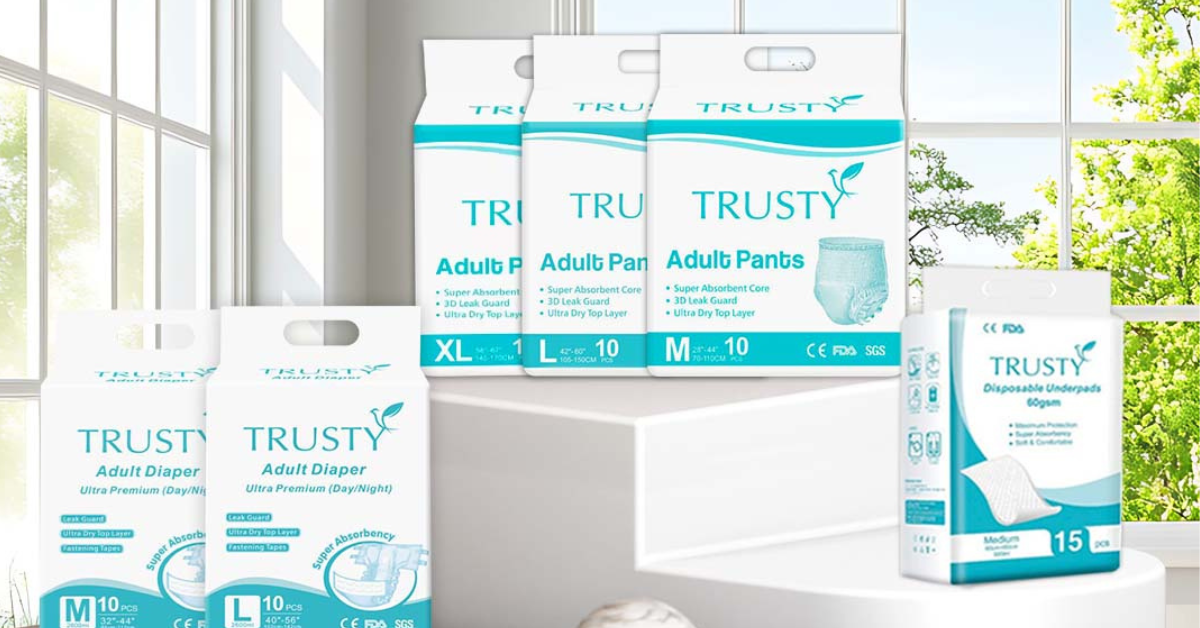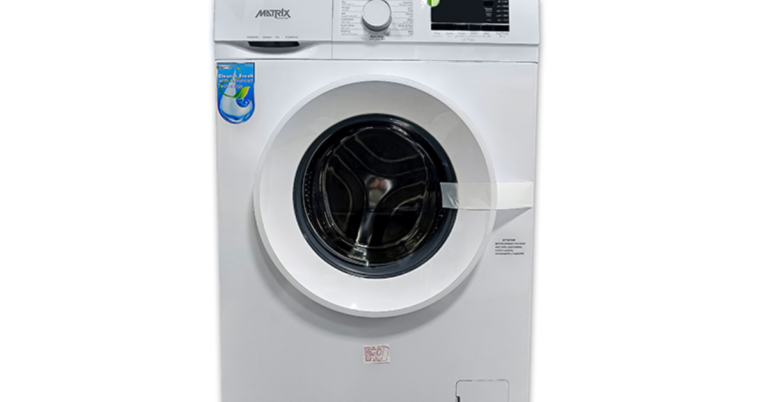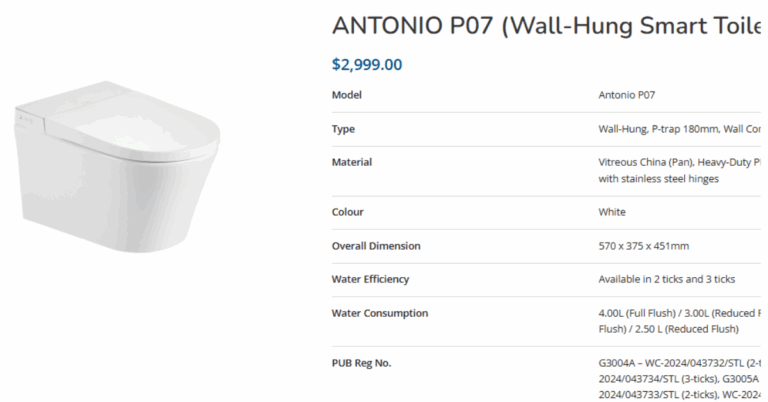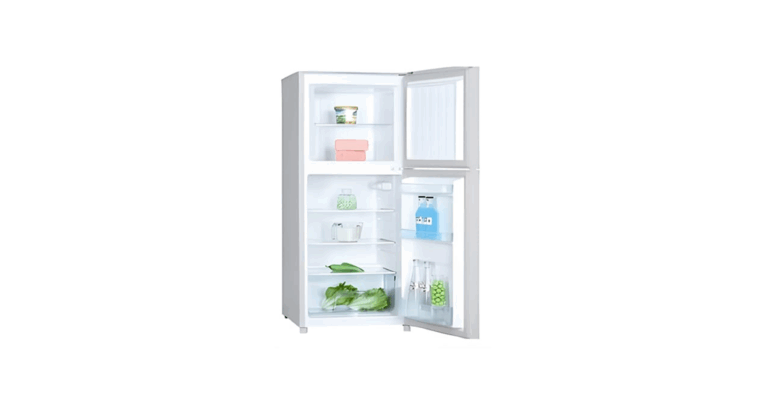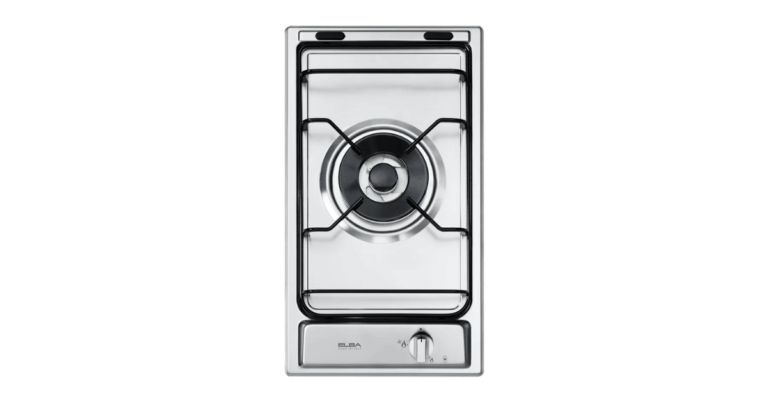Understanding Underpads: A Comprehensive Guide to Comfort and Protection
When it comes to managing incontinence, post-surgical recovery, or even ensuring a clean and hygienic surface for infants and elderly individuals, Underpads have become an essential item in both medical facilities and households. Designed to protect bedding, furniture, and wheelchairs from moisture and soiling, underpads offer a convenient and hygienic solution to a range of everyday care needs.
This article explores what underpads are, the different types available, their various uses, and how to choose the right kind based on specific needs.
What Are Underpads?
Underpads are absorbent pads used as a protective barrier between a person and a surface such as a bed, chair, or any resting area. They typically consist of multiple layers, with an absorbent core and a waterproof backing to prevent leakage. These pads are particularly helpful in managing urinary incontinence, but they are also used in hospitals, care homes, and households for a variety of other hygienic purposes.
They are often referred to as chux pads, bed pads, or pee pads, and they are available in both disposable and reusable forms.
Types of Underpads
There are two primary types of underpads:
Disposable Underpads
These are designed for single use and are typically discarded after soiling. They are highly convenient for travel, hospital settings, or when constant pad changes are necessary. Disposable underpads are made with absorbent polymers and come with a plastic or polyethylene backing to prevent leakage.
Benefits:
-
Hygienic and easy to dispose of
-
Reduces laundry load
-
Convenient for caregivers
-
Often come in bulk packs
Reusable Underpads
Reusable underpads are made of durable fabric that can be washed and reused multiple times. They are eco-friendlier and cost-effective in the long run. These pads usually feature a quilted top layer for comfort and multiple layers of absorbent material, backed by a waterproof layer.
Benefits:
-
Environmentally sustainable
-
Cost-effective over time
-
Soft and comfortable
-
Can be used repeatedly with proper care
Common Uses of Underpads
Underpads are incredibly versatile and serve a wide range of uses beyond incontinence care.
Elderly Care
For seniors dealing with mobility issues or incontinence, underpads provide a clean, dry surface to sit or lie on. They help in maintaining hygiene and comfort and reduce the risk of skin conditions caused by prolonged moisture exposure.
Infant and Childcare
Underpads are often used as a changing surface for infants. They are also useful during potty training, where they can be placed on beds or sofas to prevent accidental messes.
Post-Surgical Recovery
After surgery, patients may experience difficulty in mobility or temporary incontinence. Underpads offer a simple way to manage this without constantly changing sheets or cleaning surfaces.
Menstrual Protection
Women experiencing heavy menstrual flow may find underpads useful during nighttime to protect bedding from leaks.
Pet Training and Care
Underpads double up as training pads for pets, especially puppies learning where to relieve themselves. They can also be used for older or sick pets.
Key Features to Consider When Choosing Underpads
When selecting underpads, several important features should be evaluated to ensure they meet the user’s specific needs:
Absorbency Level
Different underpads are designed with varying absorbency capacities. Low-absorbency pads may suffice for occasional leaks, while high-absorbency pads are suitable for overnight use or heavier incontinence.
Size and Coverage
Underpads come in various sizes to accommodate different needs. Smaller pads are ideal for chair protection, while larger pads are suitable for beds or wheelchairs.
Material and Comfort
For users with sensitive skin or those who spend long periods on the pad, the top layer material should be soft and non-abrasive. Quilted and breathable fabrics add to comfort.
Odor Control
Some underpads are infused with odor-neutralizing agents or materials that lock away unpleasant smells. This can be especially helpful in care settings or when used for extended periods.
Leak-Proof Backing
The waterproof backing is essential for protecting furniture and surfaces. Look for a strong, tear-resistant bottom layer to ensure complete protection.
Disposable vs. Reusable
Choose disposable underpads for short-term use or travel, and reusable ones for long-term, economical, and environmentally friendly care.
How to Properly Use Underpads
To get the most out of underpads, proper usage and placement are key.
-
Positioning: Lay the underpad flat on the surface you want to protect, with the absorbent side facing up.
-
Securing: Some underpads come with adhesive strips to keep them in place. For others, you can tuck the edges under the mattress or cushion.
-
Changing: Replace the underpad once it becomes soiled. Frequent changes help prevent odor and skin irritation.
-
Disposal or Washing: Dispose of single-use underpads properly. For reusable pads, follow the manufacturer’s washing instructions to maintain effectiveness.
Benefits of Using Underpads
Underpads offer a host of practical benefits, especially in home care, medical, and assisted-living environments.
-
Hygiene: They help maintain cleanliness by providing a protective layer between the person and the surface.
-
Convenience: Easy to replace or clean, underpads save time and effort for caregivers.
-
Comfort: Many underpads are designed with user comfort in mind, featuring soft tops and breathable materials.
-
Cost-Effective: In the long term, especially reusable underpads help save on laundry, bed linen replacements, and cleaning supplies.
-
Peace of Mind: Whether for personal use or caregiving, underpads provide reassurance against unexpected leaks and accidents.
Environmental Considerations
While disposable underpads are highly convenient, they can contribute to landfill waste. For environmentally conscious consumers, reusable underpads present a greener alternative. These can be washed and reused multiple times, significantly reducing environmental impact.
Some brands are now offering biodegradable disposable underpads, which break down more easily after disposal and present a middle ground between convenience and sustainability.
Conclusion
Underpads are a vital aid in personal hygiene, elderly care, medical recovery, and even pet training. Their simplicity, versatility, and effectiveness make them a must-have for caregivers and individuals alike. With a wide range of types, sizes, and absorbency levels available, choosing the right underpad can significantly enhance comfort, cleanliness, and quality of life for users.
Understanding the specific needs—whether it’s for occasional use, long-term care, or eco-conscious living—can help guide the decision between disposable and reusable options. With proper usage and care, underpads can provide reliable protection and peace of mind in any setting.

